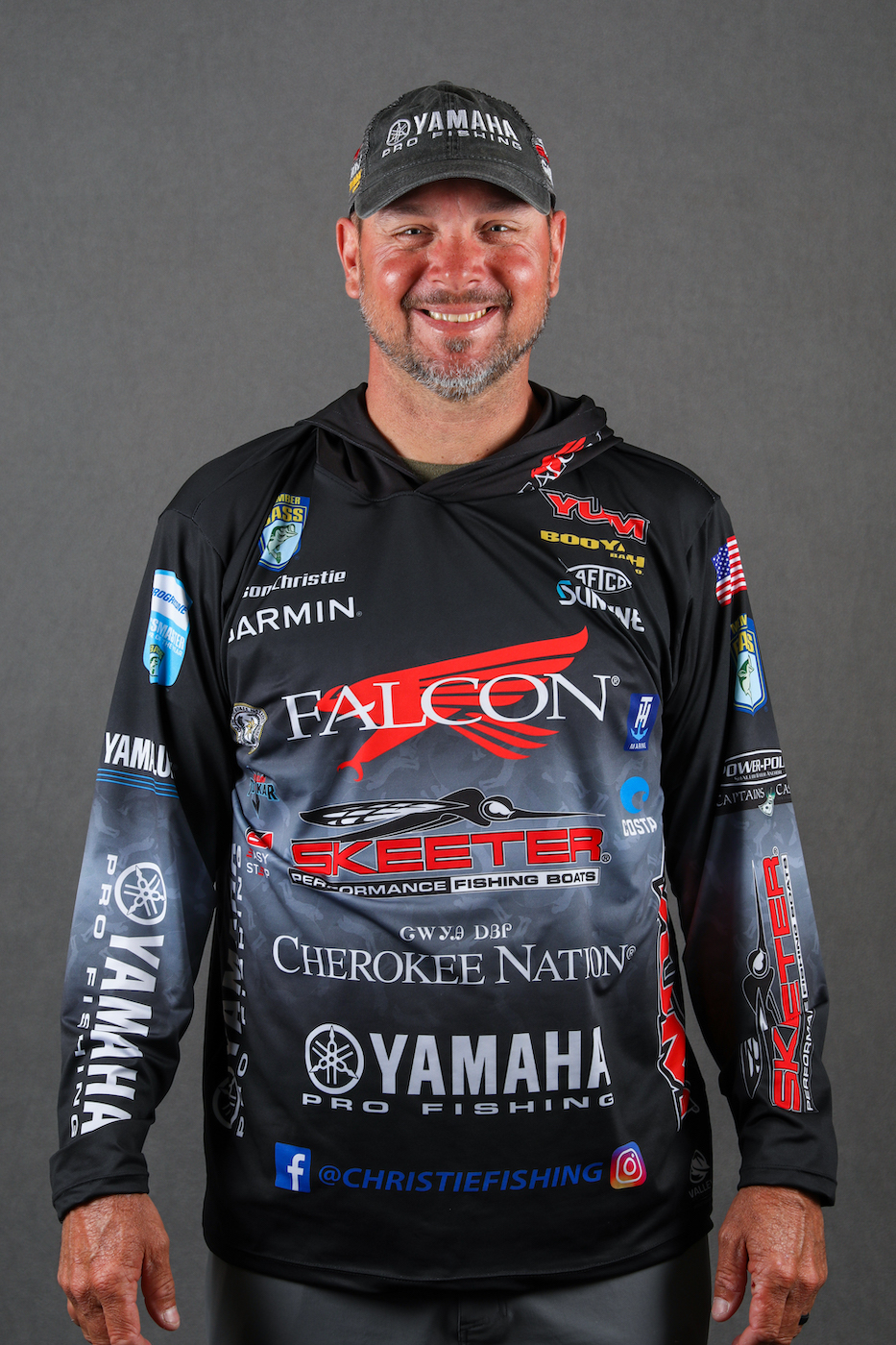Flipping is one of the most dependable ways to consistently catch quality fish. That’s not exactly a controversial statement, but to suggest that your jig trailer (or soft plastic shape/size if flipping a Texas rig) may be the most important indicator of your flipping success may raise some eyebrows.
Here are my flipping thoughts on that.
You might think that the jighead and skirt, or weight and hook, are the most important parts of your flipping plan, but consider this. The jighead or weight are the parts that turn toward bottom and plunge downward through the water column, and the bass focuses most on the end of the bait. That’s why jig trailers and the ends of soft plastic flipping baits are so important. It’s what the bass sees for the longest duration.
The majority of my flipping involves jigs, but there are definitely situations that favor a Texas rig. For example, in heavy cover, a jig is more likely to get hung up than the weedless Texas rig.
I flip a jig 100 percent of the time until the water temperature gets above 70 degrees. Fish tend to feed more on crawfish up to the spawn, and then get on a more shad and bluegill diet. Shad spawns and bluegill spawns occur after the bass spawn, so bass switch over because of all that fresh food that’s right there in their faces.
I have confidence in my basic choices for jig trailers. I have two that I use much of the time, a Yum Craw Papi and a Craw Chunk. Both mimic a crawfish. If I want the jig to sink quickly through the water column I select the more slender Craw Papi. More plastic and more movement in the flappers are what prevent the Chunk from sinking as quickly.
Fall rate is of utmost importance in my mind. Match the jig speed to the mood of the fish. When they’re active and aggressive, a fast pace triggers more strikes. If the weather changes or fishing pressure has them in a lackadaisical mood, a slower fall rate is what you want.
Changing the sink rate of a jig does not mean cutting off one and tying on a heavier jig. I alter the fall rate just by varying my trailer. I fish a 1/2-ounce jig 99 percent of the time, but I can make it act like a 3/8- or 1/4-ouncer just by switching to a bigger, bulkier trailer.
I’m comfortable with that jig weight, and that eliminates one more decision I have to make on the water. Fishing is all about making decisions and this is one I don’t have to make. Another way I’ve simplified my trailer selection is to limit myself to just two colors, black/blue for dark water or dark conditions and green pumpkin for clearer water and bright days. These two color patterns catch fish from Florida to New York to back home in Oklahoma. I may switch colors during the day, say, flipping a black/blue trailer early in the morning and switch to a green pumpkin when the sun gets up. But mostly, I stay with those two colors.
Color choices are the same when I’m flipping Texas rigged plastics. I flip three types of baits, a Wooly Bug (beaver-style bait), a big Ribbontail Worm and creature baits like the new Christie Critter. I flip soft plastics most when the water is off-color. If it’s really chocolate, I often go with the 10-inch worm. The fish need to feel the bait when visibility is cut way down, and a bigger bait or one that really kicks out vibrations catches more fish. In clear water, fish feed more by sight, so I go with something more subtle like a smaller worm or even a tube.
As far as weights go, I normally go with a 3/8-ounce bullet sinker, but will go up to 1/2 ounce on windy days. I want to use the lightest weight that allows me to achieve the sink rate that triggers a bite. Because I’m usually fishing a Texas rig during the warmer months, the fish are generally active, so I don’t want them to have time to make a choice of eating it or not. I want them to just react as that bait drops right in front of them.





